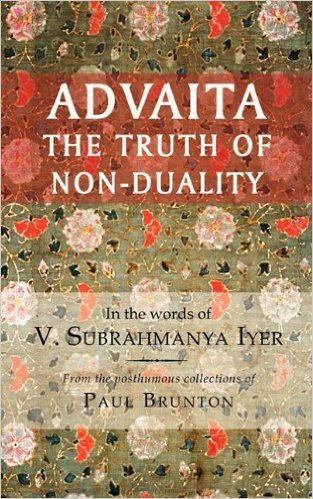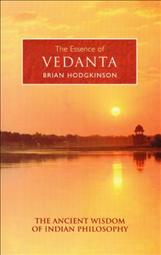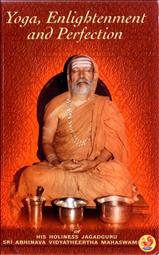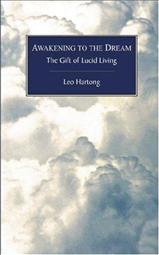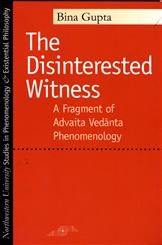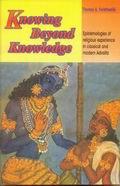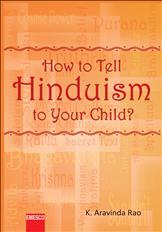The Essence of Vedanta: The Ancient Wisdom of Indian Philosophy
The Essence of Vedanta: The Ancient Wisdom of Indian Philosophy by Brian Hodgkinson, forms part of a series of ‘Essence’ publications that investigate the determining characteristics of Buddhism, Kabbalah, Rumi, Jesus, Tao, the Gnostics, and Sufism. As such, it is not a book specifically orientated towards Advaita Vedanta. That said, the majority of the book’s contents are relevant to Advaitin studies.
Essence of Vedanta sets out to examine issues of existential philosophy in relation to the Veda, reflecting on the fundamental teaching that there is no need to seek liberation as the individual is never lost, but is simply living in ignorance of his or her true nature which in itself is a reflection of Brahman. Such an examination involves a brief introduction to Vedic literature that covers primary works such as Rig, Yajur, Sama and Atharva Vedas, the Mahabharata with its enclave Bhagavad Gita, and the Upanishads. Influential philosophers including Shankara, Ramanuja, and Madhva are also introduced as a means of indicating the scope of enquiry.
The format of the text is arranged with chapters that survey the territory of ‘Origins’, ‘Knowledge and Ignorance’, ‘The Self’, ‘Consciousness’, ‘Liberation’, ‘Nature’, Time’, ‘Mind’, ‘Theism and Dualism’, ‘Language’ and ‘Law and Society’. A short glossary of Sanskrit terms used in the book and a limited bibliography are also included.
Hodgkinson notes that Vedanta acts as ‘a kind of manual of wisdom, not wisdom itself’, as ‘a guide that may point in the direction of truth’ (p.3). He further suggests that ‘the practical nature of Vedanta – as wisdom – can perhaps only be learnt from a guru, a teacher who has himself acquired wisdom from study and practice at the feet of his own master’ (ibid). The reason cited for the work that follows is that, in the absence of such a teacher, a book might be considered as a poor substitution.
Such a cautionary beginning sounds the bells of familiarity to a reader with some prior knowledge of Advaita. Is the author pro-Advaita, one wonders? The answer appears to be yes, considering the weighted measure of attention that Shankara’s non-dualism receives in comparison to the dualistic theism of Ramanuja and Madhva which barely get mentioned. nyAya, vaisheShika, sAMkhya, yoga, and mImAMsA receive brief name-checks as traditions stemming from Vedanta, yet it is considered that these traditions depart from Vedanta to a large extent, thus removing them from the present field of enquiry.
In order that this field yield maximum crops for a Western audience, Hodgkinson contrasts a general Western philosophical outlook with that of its Indian counterpart. He investigates the concept of knowledge from the standpoint of Arjuna’s question ‘What is Knowledge’ to Krishna and the subsequent response that knowledge is ‘to know the field and the knower of the field’ as stated in Bhagavad Gita (XIII, 1-2). In terms of a generalised perspective of ways of looking at the world, Hodgkinson suggests that the West is caught up in examining the fine detail of objects or ‘the field for its own sake’ (p.23) in comparison with an Eastern outlook that instead prefers to focus on the big picture rather than the objects and intricacies from which the big picture is made.
Supporting this hypothesis with examples drawn from notable figures in Western philosophy that include Plato, Berkeley, Hume, Kant, Schrodinger, and Wittgenstein, it is implied that the generalised Western outlook may be flawed. It is further suggested that Western thought is subject to a high degree of ignorance, with ignorance representing the ‘absence of discrimination, the failure to distinguish between the field and the knower of the field’ (p.37).


